Explore the street art of Buenos Aires
Many cities have a vibrant street-art scene, but Buenos Aires takes graffiti to whole new levels. Political slogans mingle with juvenile tagging, and artists work together to create murals in a mix of styles.
Politics
Political graffiti has been around for awhile, everything from scrawled messages of support (or censure) to party-funded advertising campaigns. It’s a foreign concept for me, from a country where graffiti is very much frowned upon, to see the more-familiar billboards and posters supplemented with painted messages. Some parties use stencils, others pay for a worker to freestyle spraypaint the names of candidates on walls throughout the city and beyond — along the motorways some of the slogans stand two metres high.
Now, most of the messages are either advertising or support, as is the case of the couple who redecorated the front of their house in blue and yellow to support the president Cristina Fernandez de Kirchner. But they didn’t just use the colours: they hired someone to use stencils of supportive phrases to create a unique design.
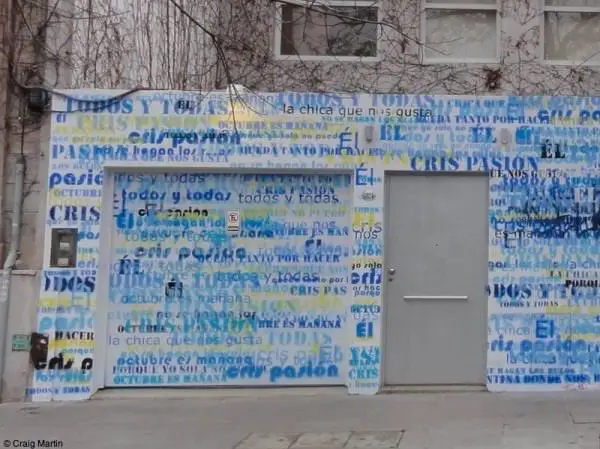
Mood
However, during Argentina’s financial crisis of 2001, the messages weren’t so supportive. Quite the opposite, in fact. The atmosphere of the city was dark and so was the graffiti. So, a group of artists got together and decided to lighten the mood a little, with brightly-coloured murals of cartoon-like characters in various locations throughout the city.
More and more artists joined in, and many have distinct styles which means their work can be easily distinguished from that of other people. Some favour a cartoony style, others paint stylised animals, or usually do abstract designs. It can be interesting to wander around a neighbourhood looking for examples of one artist’s work, trying to see how their style has changed through the various works they’ve done.

Collaboration
Also interesting is to see how some artists work together, creating a design that shows off the styles of all involved, different as those styles might be — a pink-and-white cartoon on a background of rust-red and dark-blue three-dimensional blocks, accompanied by a stencil of a gaucho playing the electric guitar, for example.

Although graffiti is technically illegal, like many of Argentina’s laws this is neither respected nor enforced, meaning that artists can paint freely during the day, they don’t have to hide what they’re doing. They need to get permission to paint private property, but many walls in the city are regarded as “public space”, free for anyone to use.
The ephemeral nature of graffiti means that a wander around to look at the art won’t be the same twice, as things get painted over, added to or removed. It’s like going through an art gallery, but one that’s alive, one whose artists are just around the corner planning their next work.
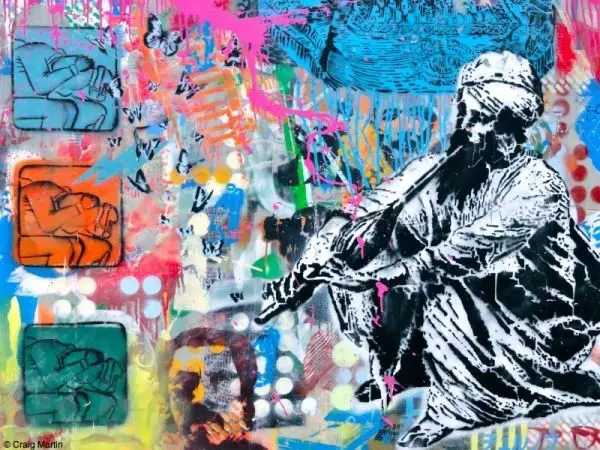
We did a tour of the graffiti in the Collegiales and Palermo neighbourhoods of Buenos Aires with Graffiti Mundo, and it really opened our eyes to what goes on behind the paint on the wall — we learned about the history, about the artists, about the changing nature of the medium; as well as getting to see some truly high-quality art.
For more about Argentina, check out our Argentina country page.

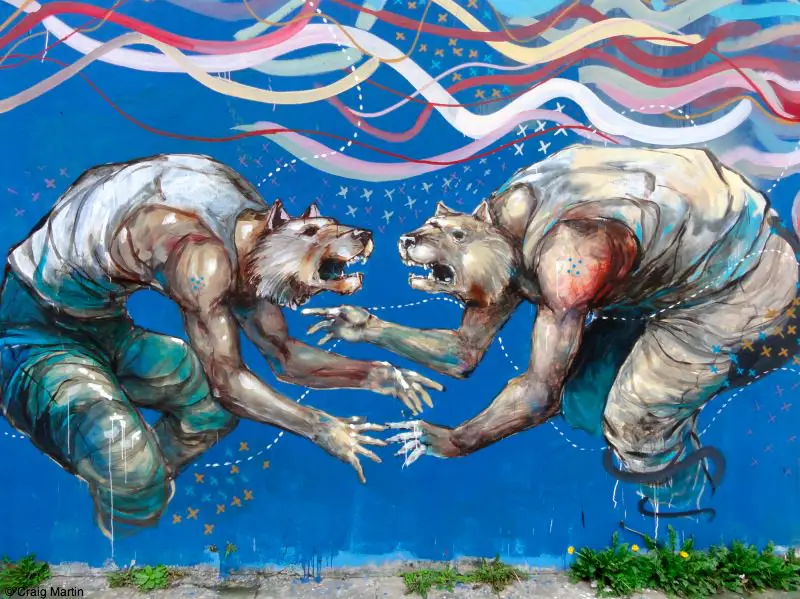
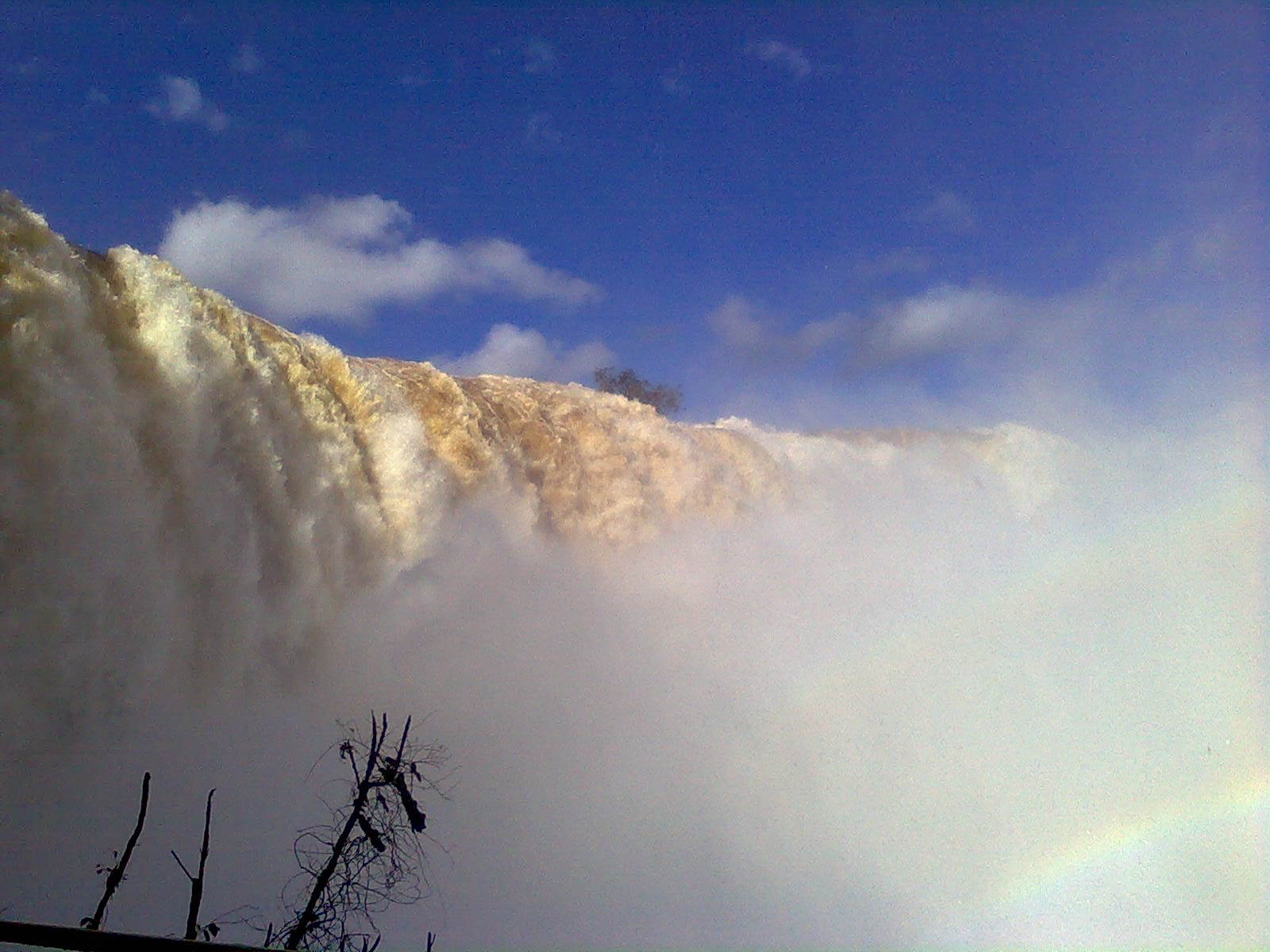
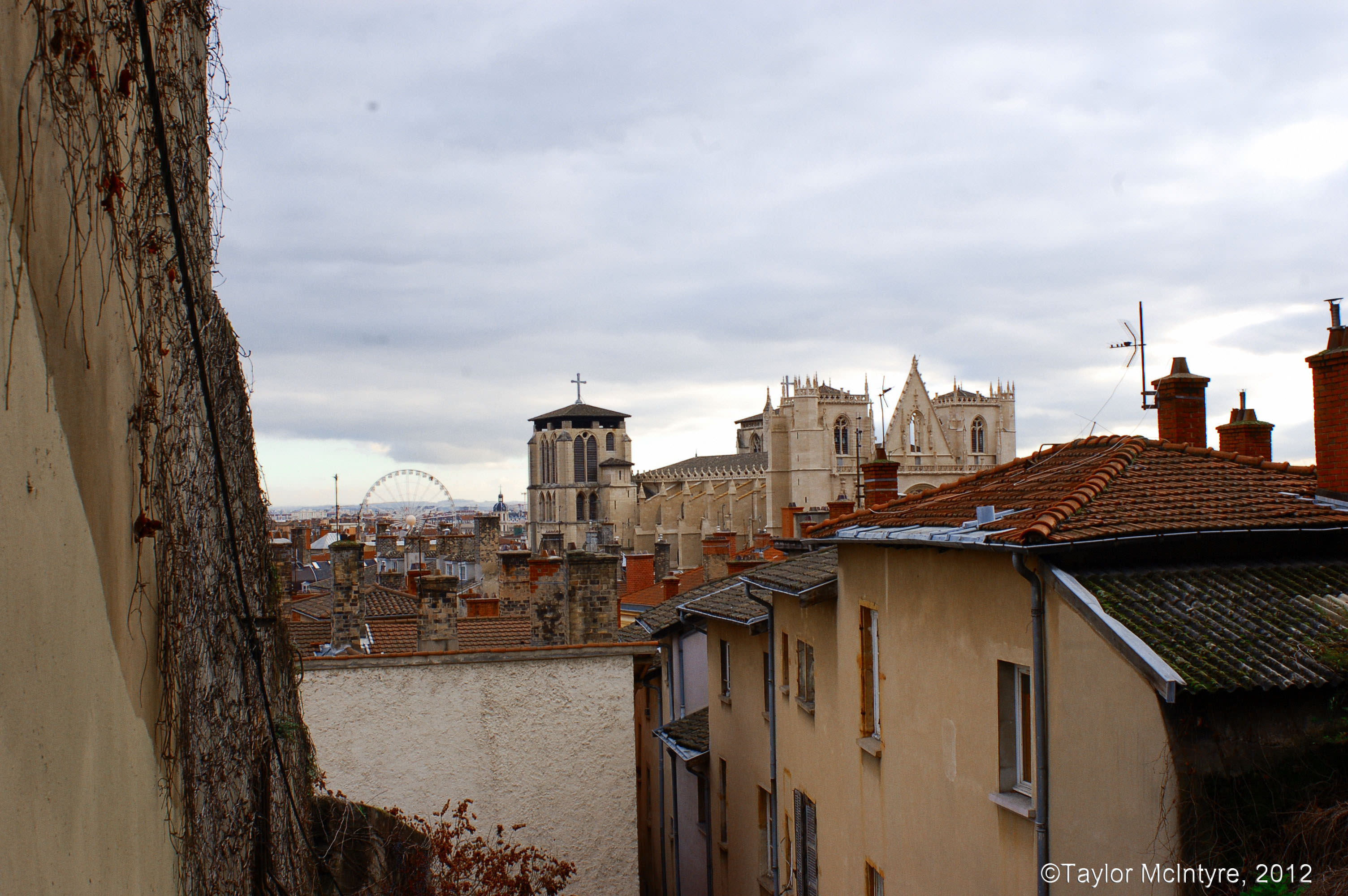
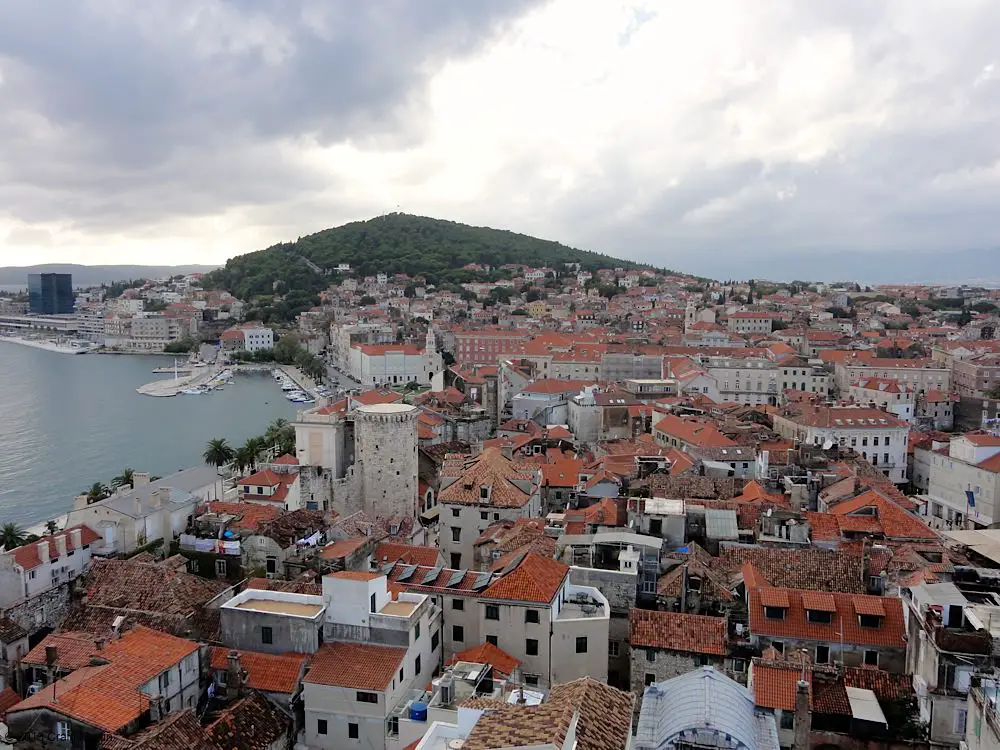
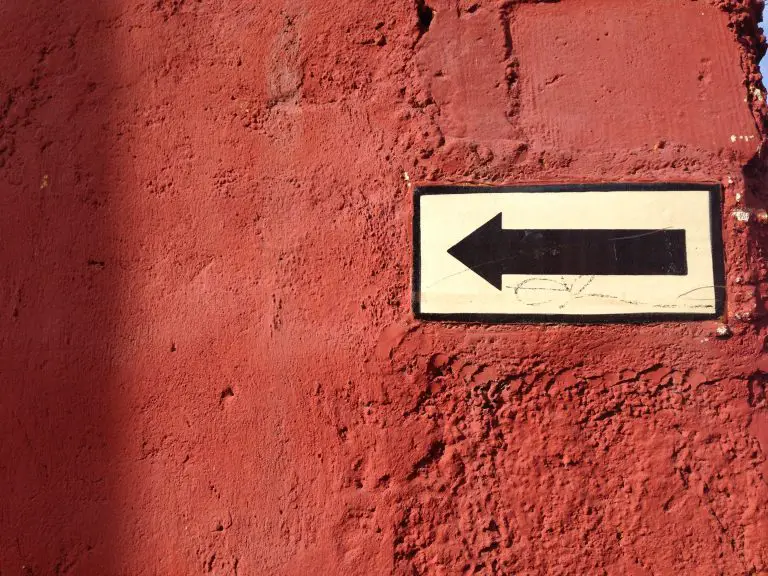

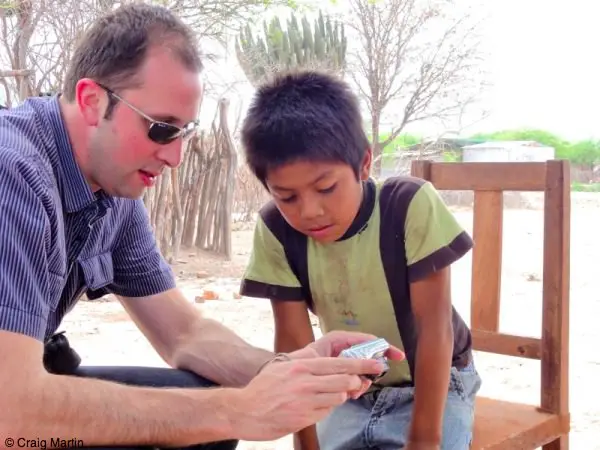
The graffiti in BA was probably the most fascinating I’ve ever seen anywhere else 🙂
Yes, it’s amazing!
If I was in the BA I’d definitely visit the street art. I’m so disappointed you didn’t include the names of the artists with your photos. I would have loved to have researched more. Street art like this is not random scribblings on the wall. Each of the pieces has something to say. Knowing who the artist is can help in the understanding.